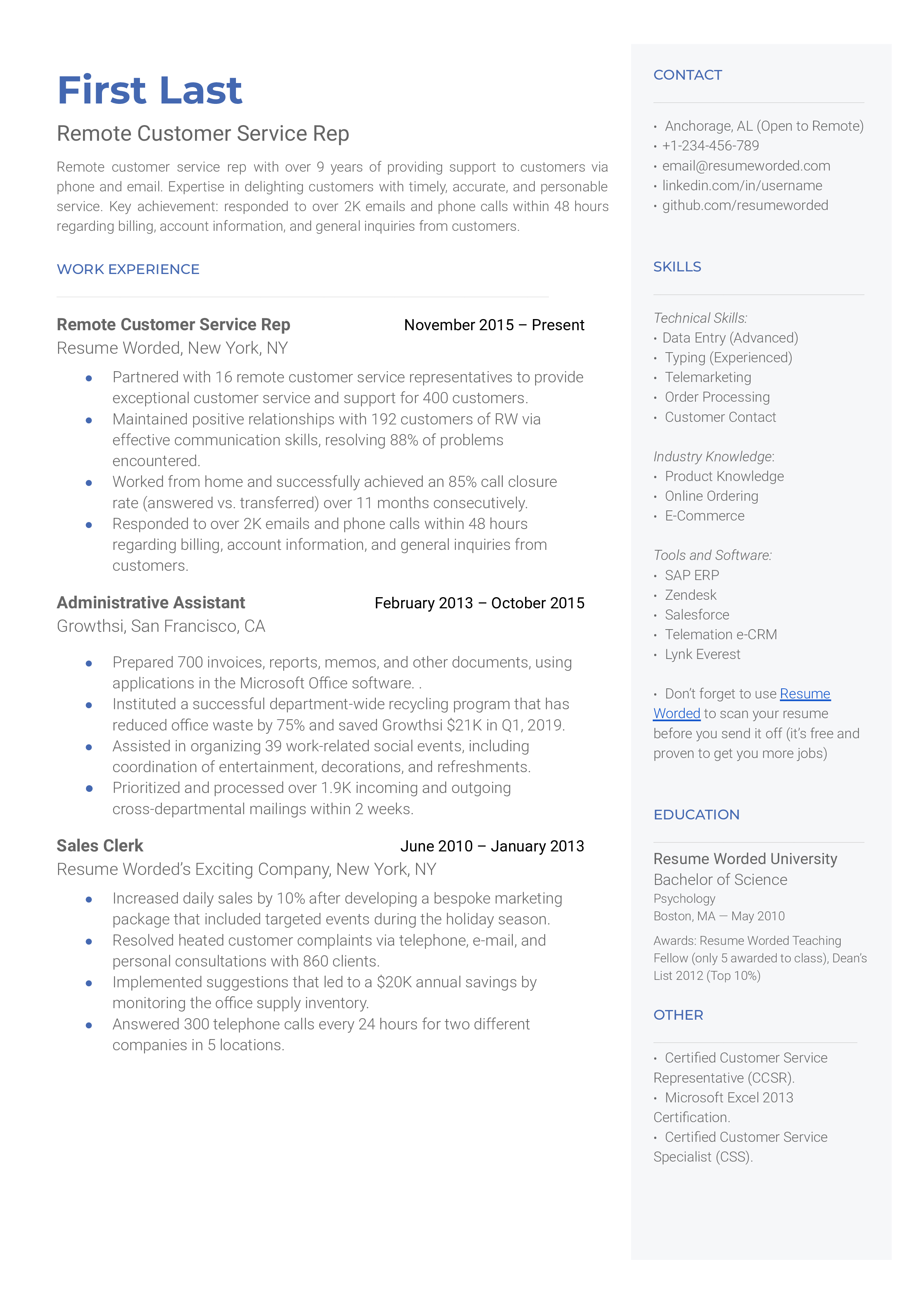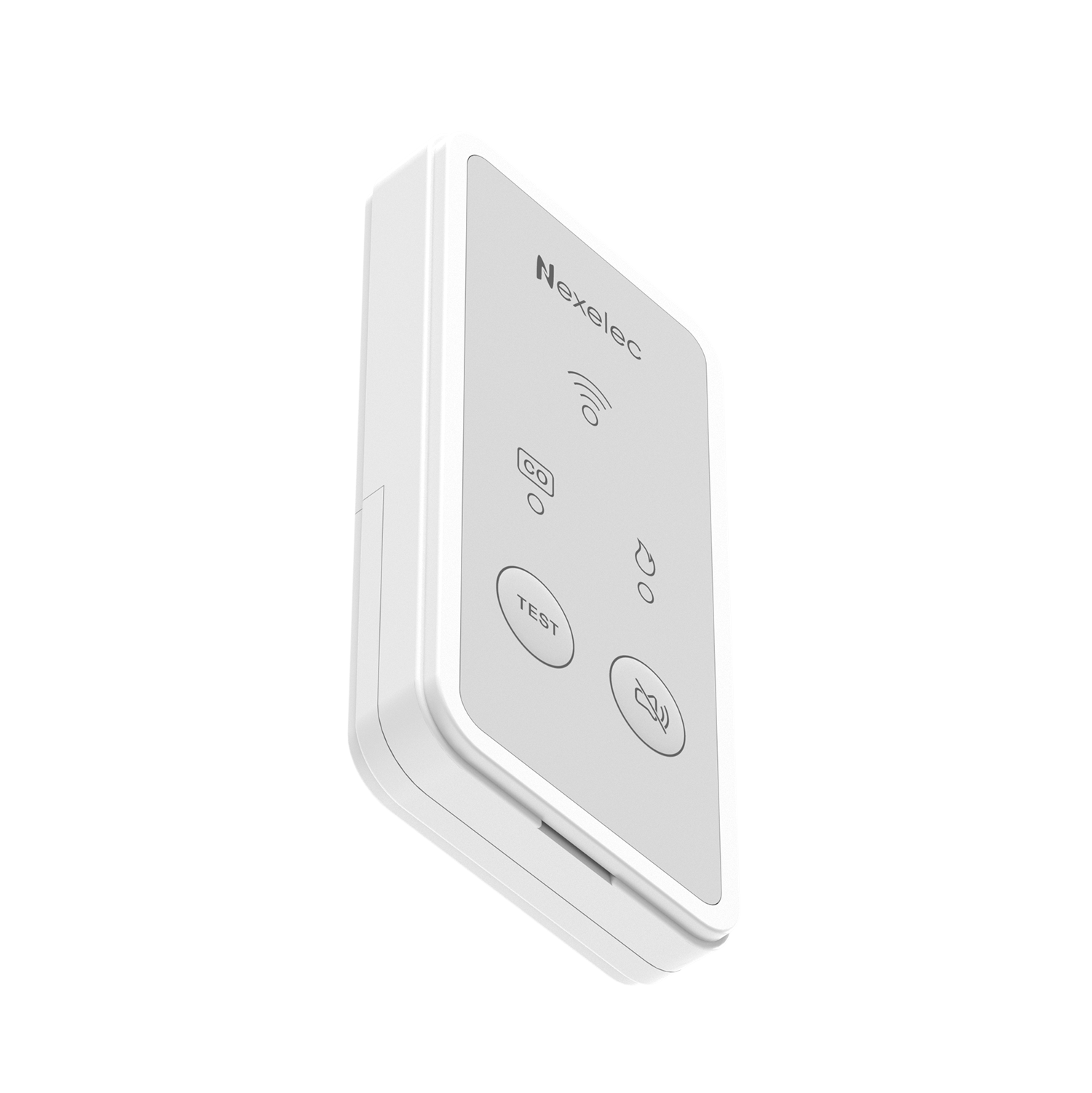Master Remote IoT Batch Jobs: Ultimate Guide & Examples
In the ever-expanding digital realm, where devices connect and communicate with unprecedented ease, is it possible to harness the power of the Internet of Things (IoT) to process vast amounts of data efficiently and effectively? Absolutely. Remote IoT batch job processing is not merely a technological advancement; it is a paradigm shift, fundamentally altering the way businesses and developers approach data management and operational efficiency.
The proliferation of IoT devices has created an avalanche of data, presenting both immense opportunities and significant challenges. As these interconnected devices generate an unprecedented volume of information, the ability to process this data in a timely and meaningful way becomes paramount. Remote IoT batch jobs provide a robust and scalable solution, enabling systems to handle data in bulk, ensuring that insights are not only timely and precise but also immediately actionable, driving informed decisions and strategic innovation.
Remote IoT batch job processing is the automation of data handling tasks for IoT devices that are situated in distant or remote locations. This process involves the collection, processing, and analysis of substantial datasets in batches rather than in real-time. This approach is especially beneficial when immediate results are not essential but operational efficiency and the ability to manage significant data volumes are crucial for success.
In today's interconnected world, remote IoT systems generate immense amounts of data that demand structured and systematic processing. Batch job examples offer a dependable framework for managing these processes, guaranteeing that data is handled with precision, accuracy, and the optimal utilization of available resources.
The advantages of implementing remote IoT batch job processing are multifaceted, contributing significantly to enhanced operational capabilities:
- Cost Efficiency: Batch processing substantially reduces the need for continuous system monitoring, thereby leading to lower operational costs and more effective resource allocation.
- Improved Accuracy: Thorough data validation and error correction, which are inherent to batch processing, result in more accurate and reliable outcomes, thus fostering better decision-making.
- Scalability: Remote IoT batch jobs offer high scalability, allowing systems to manage growing data volumes without requiring major infrastructure modifications or supplementary investments.
Remote IoT batch job processing finds applications across various sectors, addressing diverse challenges and unlocking new prospects:
- Dog Sideeye Memes Why Theyre So Popular How To Make Yours
- Bald Guy Staring Meme Origins Impact Why Its Still Viral
- Smart Agriculture: Monitoring soil moisture levels and weather patterns to optimize irrigation schedules, enhance crop yields, and reduce water wastage.
- Industrial Automation: Analyzing machine performance data to predict maintenance needs, minimize downtime, and improve overall operational efficiency.
- Healthcare: Processing patient data from wearable devices to identify trends, detect anomalies, and deliver personalized healthcare solutions.
Several advanced tools and technologies facilitate efficient remote IoT batch job processing, empowering businesses to fully utilize their data:
Popular Tools
- Apache Hadoop: A robust framework designed for the distributed storage and processing of large datasets, enabling the efficient handling of complex data workloads.
- Apache Spark: Known for its speed and ease of use, Apache Spark is an ideal choice for batch processing tasks, offering superior performance and scalability.
- Amazon Web Services (AWS): AWS offers a comprehensive suite of cloud-based solutions for IoT data processing, providing seamless integration and enhanced flexibility.
The implementation of a remote IoT batch job typically involves several key steps:
- Data Collection: Deploy sensors in remote locations to gather relevant data, guaranteeing comprehensive coverage and precise measurements.
- Data Aggregation: Use middleware solutions to gather and aggregate data from multiple sensors, producing a unified dataset for subsequent processing.
- Data Processing: Schedule batch jobs to process the aggregated data utilizing advanced tools such as Apache Spark, enabling efficient computation and analysis.
- Result Analysis: Examine the processed data to produce actionable insights, empowering informed decision-making and strategic planning.
While remote IoT batch job processing presents numerous benefits, certain challenges must be addressed for successful implementation.
- Network Connectivity: Guaranteeing stable and dependable connectivity for remote devices can be a significant challenge, especially in areas with limited infrastructure.
- Data Security: Protecting sensitive data during transmission and processing is crucial to maintaining trust and complying with industry standards.
- System Scalability: Designing systems that can scale efficiently with increasing data volumes requires careful planning and robust architecture.
Optimizing remote IoT batch job processing to achieve maximum efficiency involves several key strategies:
- Regular Maintenance: Ensure all system components are regularly updated and maintained to prevent downtime and guarantee smooth operation.
- Efficient Algorithms: Utilize optimized algorithms to enhance processing speed, accuracy, and resource utilization, thereby delivering superior results.
- Cloud Integration: Leverage cloud services to enhance scalability, flexibility, and accessibility, facilitating seamless integration with existing systems.
The future of remote IoT batch processing is promising, with several emerging trends set to transform the landscape:
- Edge Computing: Processing data closer to the source with edge computing allows for faster insights, reduced latency, and improved overall system performance.
- Artificial Intelligence: Integrating AI into remote IoT batch processing enables smarter data analysis and decision-making, unlocking new opportunities for innovation.
- 5G Technology: The advent of 5G technology promises enhanced connectivity, enabling more efficient data transfer and paving the way for advanced IoT applications.
Data sources and references:
- Apache Hadoop and Spark
- Amazon Web Services
- IBM IoT Solutions
- Sweet Pea Puppy Bowl Your Guide To The Pawsome Event
- Dippers Geometry Adventure Learn With Fun Realworld Uses

RemoteIoT Batch Job Example A Comprehensive Guide To Remote Management

RemoteIoT Batch Job Example A Comprehensive Guide To Remote Management

AX / D365FO Configuring Batch job email Alerts AX / Dynamics 365